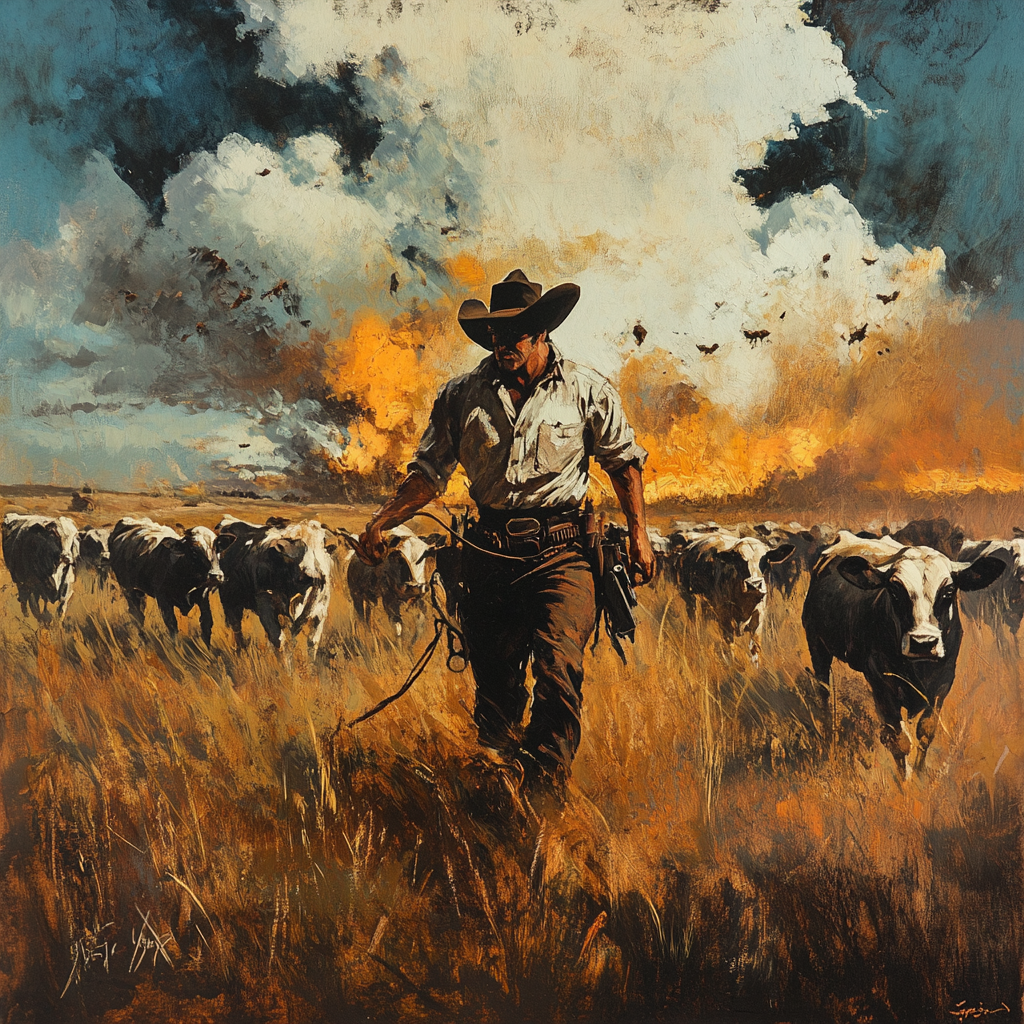Innovation Insights- December 16, 2024

Periodically I’ll share some of the latest developments in animal health including emerging startup companies, noteworthy innovations, trends, and impactful scientific publications. You’ll also get occasional book or podcast recommendations.
I value your input- if you have a newsworthy item or resource you think should be featured, please share it! Let’s keep our finger on the pulse of innovation in animal health together!
Pet Obsession- Cat men surpass cat ladies
Pet ownership is not going away anytime soon. It’s a historical trend you can watch in the history of developing countries globally. As living standards and wealth increase so does pet ownership, with pets being seen as part of the family. In many places we’ve seen pets taking the place of children in the family. All of this is well-established in the US and EU, and is rapidly becoming the reality in the rest of the world as pet adoption and quality of pet care has been on the rise in China and other Asian countries, with India being a notable and interesting newer player. With all of that background, Mars unveils a global pet parent survey to better understand aspects of pet ownership, polling 58k people, including 20k pet parents across 20 countries. Some interesting results include:
- 56% of people surveyed owned a dog or cat
- 45% of Generation Z and 40% of Millenials see their pets as the most important thing in their life
- Gen Z highly values sustainable and ethically produced products, with 45% considering it a high priority in purchasing pet food, 41% in cleaning products, and 40% in personal care products.
- Cat ownership is more common than dog ownership
- There are more men owning cats than there are women!
What should we take away from all of this? Mainly that we need more crazy cat guy memes floating around.
Addressing complexity in AI medical reasoning
The complexity of medical reasoning presents a challenge to AI models built to answer medical questions. People are using them, and businesses are building them, but they aren’t always great at nuanced concepts. Researchers have built KGARevion, a knowledge graph (KG) based agent designed to better address the complexity of these complex medical queries. Already lost in machine learning lingo? Don’t worry, everyone else not actively working in the field is too, but here’s the simplified version.
LLMs can be incredible with general queries, but responses to medical queries suffer due to their inability to systematically integrate different types of evidence. Especially challenging for these models is combining structured, codified knowledge (scientific publications, databases, protocols) and noncodified knowledge (intuitive understanding, personal insights, anecdotal information), things that humans do naturally as part of the reasoning process. KGARevion addresses this complexity by mimicking the human reasoning process. When a query is received, it uses the knowledge base of the LLM to generate relevant triplets that are verified against a grounded knowledge graph, weeding out bad information and ensuring that the only accurate and relevant data is contributing to the final answer. In this way, KGARevion is able to combine the non-codified knowledge of LLMs with the structured, codified knowledge stored in knowledge graphs to answer complex medical queries. The good news here, folks, is that our models are getting progressively better and we’re starting to realize the incredible tools that will soon be at our fingertips. The critics and scoffers of one year ago are getting quieter and quieter…..
A new way to treat oral melanoma in dogs?
Oral malignant melanoma is an aggressive cancer in dogs. It’s infiltrative as heck. Under the microscope we see neoplastic cells extending far into the surrounding tissue away from the main mass, making complete surgical excision very challenging in an anatomic location that is already tough to do surgery in. Oral melanoma also frequently metastasizes, heading down lymphatics to local draining lymph nodes or beyond. Beyond surgery, other treatment modalities include radiation therapy, chemotherapy, immunotherapy, and targeted therapy. Entering the fray and set for clinical trials is tigilanol tiglate. Better known as Stelfonta, this drug derived from the berries of the Australian blushwood tree has thus far been used to treat canine cutaneous mast cell tumors, injected directly into the tumor disrupting the tumor’s blood supply and stimulating the immune system to destroy neoplastic cells. A well-known result and openly described by Qbiotics and Virbac is the potential for significant wound formation and wound care needs. I’m already cringing thinking about these wounds in the oral cavity, but many of these melanomas are already ulcerated and I’m eager to learn more about dogs handle this treatment and whether it’s effective.
No bird brain, it’s a fruit fly
It turns out there is a field of scientists even more nerdy than my fellow pathologists: fly neuroscientists. In an impressive 9-paper special in Nature, researchers have reconstructed the complete wiring diagram, termed the “connectome” of a fruit fly’s adult brain. Like any good group of nerds, the project is described with acclaims such as: “the end of the beginning for fly neurocientists”, or my favorite and apparently the new metric for chronologic time keeping for the fly community: “there is a before and after connectome- B.C and A.C”. But seriously, this is an impressive feat and worthy of all nerdy respect.
Started in 2018, this ambitious project at the Howard Hughes Medical Institute’s Janelia Research Campus began with a bang—imaging a female fly’s brain down to an insanely detailed resolution. The final map includes 149 meters of wiring in a brain the size of a grain of sand, 54.5 million synapses among 140k neurons, classified into more than 8,400 types. Neuroscientists Mala Murthy and Sebastian Seung then roped in an army of volunteers through the FlyWire Consortium to navigate this complex neural terrain, using a mix of AI and good old-fashioned human grit. They estimate the task would have taken a single person 33 years to perform, but with crowdsourcing and AI they completed in just 2 years. These findings set the stage for progress in more complex species that will hopefully expand our knowledge in ways that will positively impact human and animal neuroscience.
Recommended Reading
AI optimism and what the world could look like
Speculations about AI and it’s potential impact range from wildly pessimistic views in which risks are magnified and immediate aggressive regulation is called for, to wildly optimistic views in which the future sounds like a science fiction paradise where the computers have solved our problems. Rather than wading through social media posts by armchair experts, I enjoy reading the informed and intelligent folks who have been thinking about this for longer than a minute. In that vein, I recommend reading this essay from Dario Amodei who writes optimistically about the potential future impact of AI on five key areas of life, namely: biology, neuroscience and mental health, economic development, peace and governance, and work/meaning. My professional interests draw me to the biology section of the essay which is also the area he describes as being the most likely to significantly improve the quality of human life. Amodei moves beyond the kinds of applications public discourse is focused on that merely analyze data, and instead looks to a day in which models perform, direct, and improve on nearly everything biologists do, speeding up experiment design, clinical trials, drug development, etc. One of his key tenets here is that historically a very small number of discoveries have led to the majority of progress in the field (think CRISPR, genomic sequencing, mrNA vaccines, etc) with the expectation that AI will lead to an explosion of these kinds of discoveries, compressing the next 50-100 years of progress into 5-10 years. I find the essay to be a little too rosy on what we can accomplish, and I think he underestimates some of the complexity we’ll face, but I’m also an optimist and enjoy dreaming about these things. If you like this kind of stuff, should also read a nice followup essay by Niko McCarty where he expands on the biological applications.
Some of you know that I’m a big Cal Newport fan. In my opinion he’s the most helpful thinker in the world of knowledge work and productivity. Unfortunately, he’s often lumped in with the productivity personality types who are pushing the kind of “just work harder” and “optimize every minute of your day” philosophies that lead to burnout. This recent newsletter from Cal does a great job at distilling all of his major ideas down into a 5 minute read. I’d highly recommend starting here and then springboard to his books and ideas that interest you. Every knowledge worker will benefit from Cal’s advice on digital minimalism, slow productivity, and doing impactful and lasting work.
*****Please note that I am not affiliated with any of the companies mentioned in this newsletter, nor do I receive any financial benefit from endorsing them. My interest is purely based on their innovative contributions to the industry.*****



